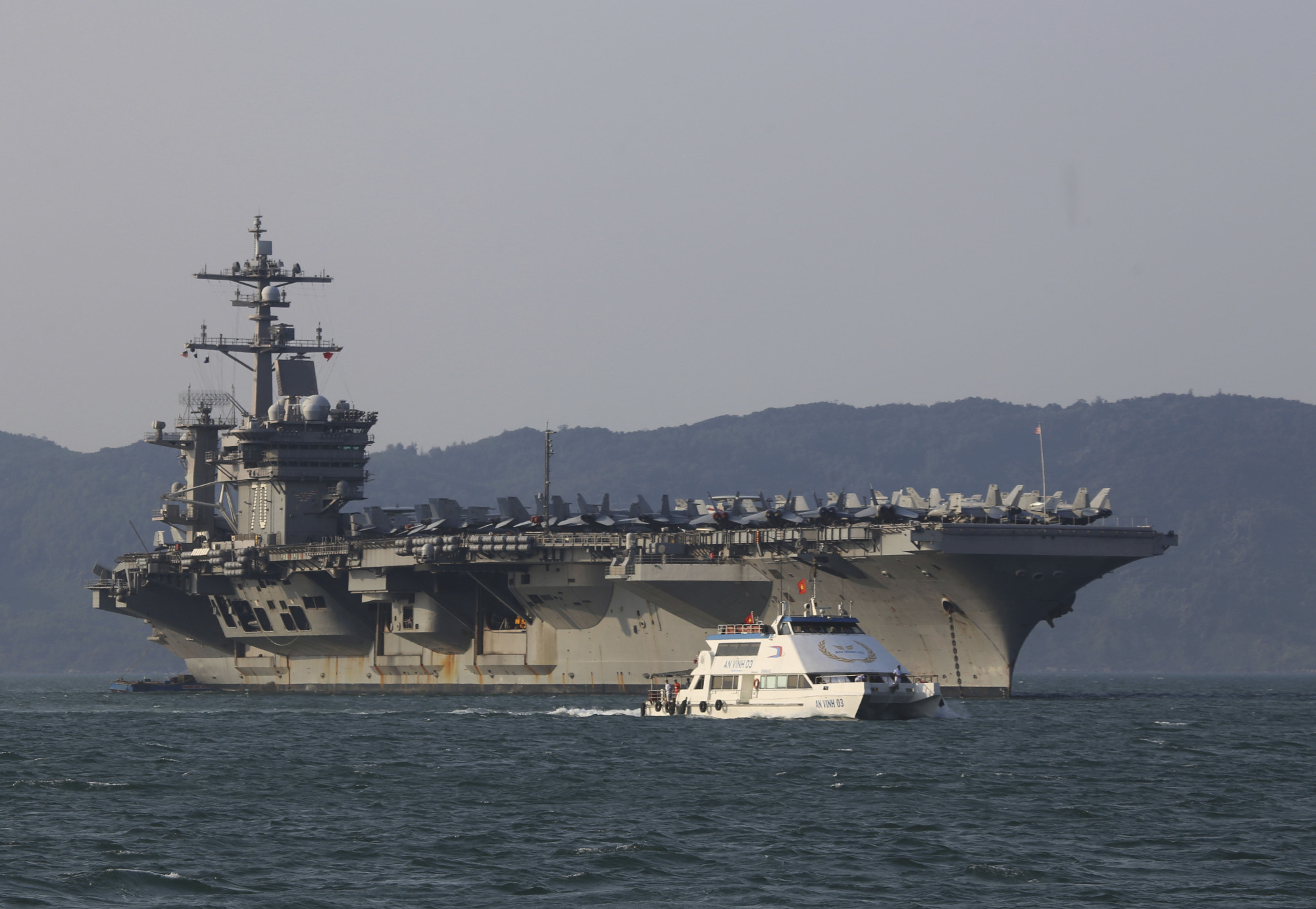When the U.S. aircraft carrier, Carl Vincent, recently made a port call at Da Nang, Vietnam, it attracted international attention because this was the first time that a large contingent of U.S. military personnel landed on Vietnamese soil since the last of the American troops withdrew from that country in 1975. The symbolism of this port call, however, cannot obscure the fact that the United States, under two successive presidents, has had no coherent strategy for the South China Sea.
It was on President Barack Obama's watch that China created and militarized seven artificial islands in the South China Sea, while his successor, Donald Trump, still does not seem to have that critical subregion on his radar.
In fact, with Trump focused on North Korea and trade, China is quietly pressing ahead with its expansionist agenda in the South China Sea and beyond. At the expense of its smaller neighbors, it is consolidating its hold by constructing more military facilities on the man-made islands and dramatically expanding its presence at sea across the Indian Ocean and the western Pacific.

















With your current subscription plan you can comment on stories. However, before writing your first comment, please create a display name in the Profile section of your subscriber account page.